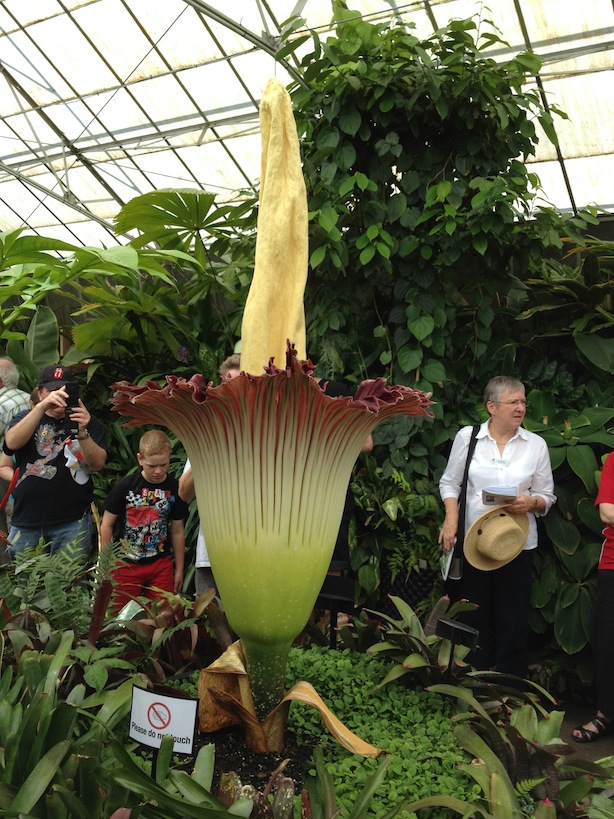Last weekend I lay in the garden under a brilliant blue sky, wearing a t-shirt and short skirt, shading my eyes and wondering if I was going to get sunburnt if I stayed out there and finished reading the next chapter of my novel.
Yesterday, I was balancing on a garden chair to pick figs from our tree, smelling chimney smoke from the neighbour’s fireplace, and pulling my cardigan closed against a shiver.
Today I wore jeans and wooly jumper and was slightly too cold in my office all day, then caught the train and walked home through a miserable drizzle. I’d planned to make a lentil salad for dinner, but when I recognized myself sulking, I asked myself what I really wanted for dinner – and warmish lentils were not the answer.
Instead, I was thinking of mushrooms, and winter herbs, and savoury, stinky cheese. I stopped off at the grocer for a couple of bags of mushrooms, a bunch of English spinach and a piece of raclette. Got home and picked herbs from the garden. Remembered that we had half a loaf of sourdough left over from the weekend. HELLO.
The mushrooms are seared to get them golden on the outside and avert soggy beigeness. Onions are slow-cooked for sweetness and a rich base note. Herbs and spinach for a bit of lift. The sourdough soaks up all the liquid released by the mushrooms during cooking, softening and absorbing flavour. Stinky melty cheese melds it all together.
This dish is squishy inside, crispy on top, warming, tasty, comforting. Should serve four, but could probably be eaten by two hungry, greedy people. I’m congratulating myself that we managed to have enough left over for lunch for one tomorrow.
Cheesy, bready, mushroomy baked thing
2 onions, quartered and finely sliced
olive oil
a palmful of finely chopped rosemary, oregano and/or thyme
a large bunch of english spinach, stemmed, washed and chopped
900 g mixed mushrooms (I used field and button)
half a loaf of stale sourdough, crusts removed
200 g raclette, cut into 1 cm cubes
parmesan
salt and pepper
Heat some olive oil in a frypan over medium heat, and add the onions with a good pinch of sea salt. Cook for about 15 minutes or so, stirring now and then, until the onions are golden and very soft. Add the herbs and spinach, and cook another few minutes until the spinach has wilted. Set aside.
Meanwhile, clean the mushrooms and cut into pieces about 1 x 2 x 2 cm in size (very roughly!). Heat a heavy frypan over high heat, add olive oil, and sear the mushrooms in batches. I add the mushrooms to the hot pan (just enough mushrooms so they are all touching the base of the pan, without piling on one another), leave them to sit for a minute or two, then stir, leave another minute, repeat once more, then take them out. They should have some colour on the outside and have released a little liquid, but not be fully cooked. Tip the mushrooms and any liquid they have released into a bowl, then repeat with another batch of mushrooms until they’re all cooked.
Roughly tear the sourdough into pieces about 2 to 3 cm cubed. In a ceramic baking dish, combine the onions and greens, mushrooms and their juices, sourdough pieces, and raclette. Season with salt and pepper, and toss well. Scatter grated parmesan over the top.
Cover the dish with alfoil and bake in the oven at 180C for 15 minutes, then remove the alfoil and cook a further 15 minutes, or until the dish is bubbling and the parmesan is golden and melted. Remove from the oven, rest for 5 minutes, and serve.
I made a pile of crisply blanched green beans to eat with this for textural and healthfulness contrast. (Cut tops off green beans, cook in rapidly boiling salted water for 3 minutes, drain). With beans, and a good bottle of red wine, serves 4.



